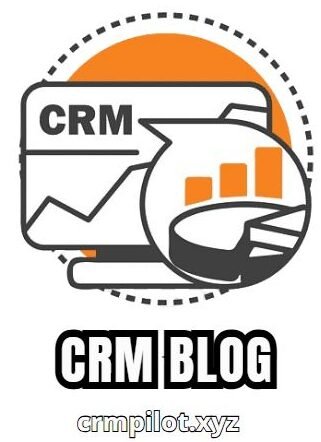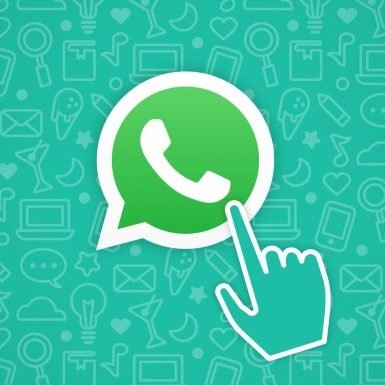Intro
Why communicate quickly through WhatsApp when we can use e -mail?
The communication via e -mail is fast, but most of us do not send an E -mail to an internal group.
Many companies have decided to create internal working groups on WhatsApp. It is a quick alternative to the sending of e -mail, but it is provided with a lot of “noise”.
After all, how many different groups can be created and managed easily? Probably no more than a few and it is likely that the information you send to a group is not necessary for everyone, which means that some members of the group will use this information unnecessarily.
But in addition to useless time, something that is sent to WhatsApp, remains blocked there, because WhatsApp is a closed system. For example, if you take photos of invoices and send them to a group of WhatsApp, and then talk about something else, then other documents arrive, it is quite difficult to see what happened.
There are alternatives that solve these problems and from a technical point of view are not complicated at all.
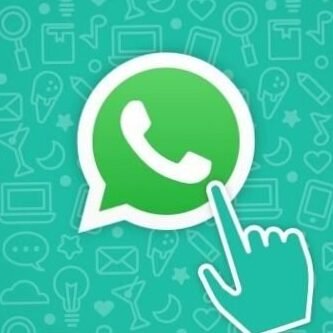
An alternative to WhatsApp groups
First of all, it would be good that the data of your organization are all under the same umbrella, the GDPR and the data security.
This cannot be obtained via WhatsApp, unless everyone has service phones, otherwise the personal WhatsApp with the service is immediately combined.
So, it would be nice to be able to save the messages we want to return to, without having to go up and down and read and recite conversations and reactions, and this can be used if we use an alternative to WhatsApp.
We use internally SlowAnd other companies use Microsoft teams. What we will mention in this material applies in the same way conceptually for both, but there are some features in the implementation that can be omitted.
For each category of communication, # separate channels is created, which are practically like WhatsApp groups (starts with # opposite) and some can be public, others can be private, based on the invitation (EG Management, accounting).

Each member will have an allocated account and you can make video components 1: 1 or group and you can share the screen and work interactively (we like to draw on the other screen as an interactive writing card).
You can save messages from a #canal or from a message sent directly and you can return when appropriate.
Perhaps the most important thing, however, is the fact that it is an open system, which allows other systems to connect to it and notify us in the event that the site has fallen or in the event that a new meeting in the calendar or in the event that a new online order has been made or that a collection has been made via the Internet Banking.
Reports of other systems can be automated to be sent to us and we even prefer to automate the part of the accounting documents, so that through a #Contability channel to centralize the documents that are therefore sent to the accounting. Here we have a small case of study on hiring these documents in real time.
These automation came practically to the pack with some robots that approach us when we have been assigned a certain task, when we have something to do in a certain platform, etc.
There is also a mobile application, so if you have been used to sharing information on a WhatsApp group, it can now be confused on Slack, perhaps on a #-Faacular channel.
Now that there is a lot of work at home, there have started to have certain sessions in which a short feedback is required on the scene of the works by each participant.
For example, some short daily sessions can be the “stand-up” type (i.e. “standing”, since it is discouraged by the fact that the sessions are extended above the assigned time).
In these sessions each person answers 3 questions:
- What did you work yesterday?
- What will you work today? OR What do you promise to do today? As a commitment that focuses on what is important
- Do you need help?
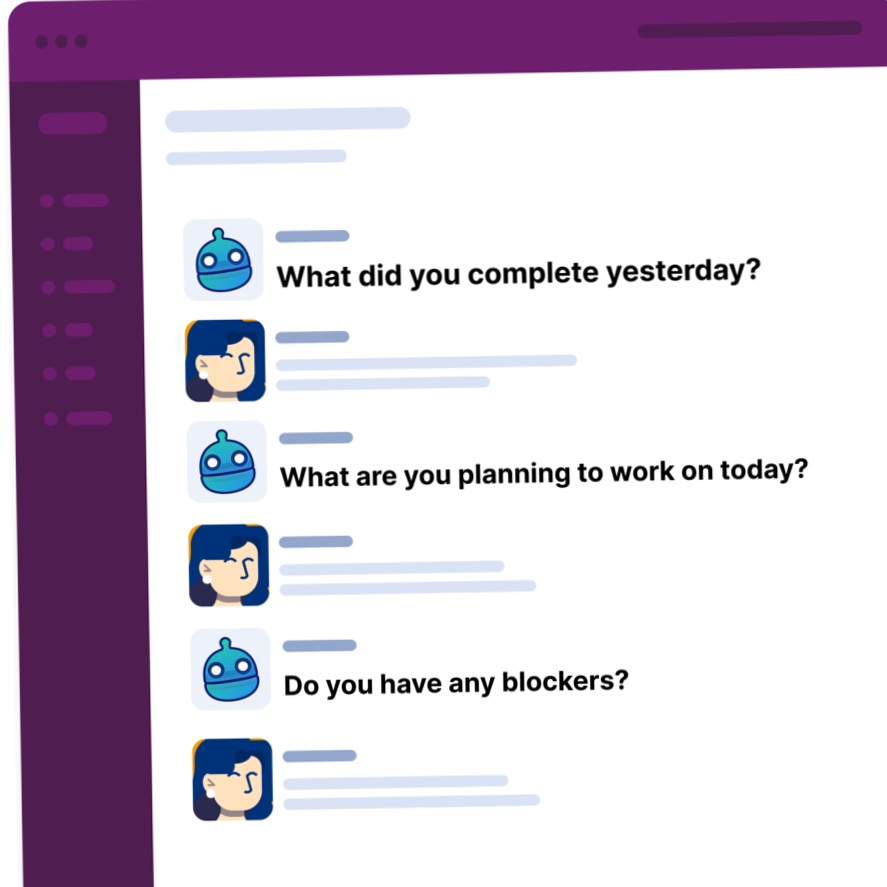
We went from live sessions to discuss daily with a robot that asks us exactly this information in discussing the live 10 minutes a day, so that we can see us.
The idea is that this type of format that provides for the collection of feedback from several participants, allows the expression of all the people of the team, not only the most vocal.
Having such a format format, the emphasis is placed on progress, transparency and communication and are practically and become living organizational values that we repeat frequently.
After all, the basis of organizational culture comes from these habits that people have and culture becomes even more concluded as it is supported by an IT system, according to which people are easier to put these behavioral models into practice.
Slack starts from being free and therefore costs a few dollar per user/month.
In the free version, you will be limited to the storage space and the number of possibilities to connect to other systems. The Slack ecosystem is large enough and if you use other cloud systems that you can access a web browser, for example Google Calendar or Mailchimp, it is very likely that the possibility of communicating this information through Slack exists.
The basic idea is that instead of having someone who periodically checks certain systems to see if new data have appeared, having such a platform you can be notified when these data appear and practically response times can be improved quite relaxedly.
Robot for anything
Looking at western companies, we noticed that many of the processes relating to people, such as the contracts area, the certificates, the requests have been standardized and automated.
In addition, the emphasis is placed on the identity of an organization, on branding and organizational culture, in a way that is not only some beautiful motivational quotations printed in a desk drawer.
And if these things are processed, then clearly when someone has made an action or a project that validates these values, they will be their recognized merits. I have seen robot variants that control people’s reactions to posts or measure how many times a positive feedback is given and the most appreciated people automatically receive points.
If someone thanks to a person publicly, then the person receives a point. The points are collected during the weeks and can contribute to a bonus grid.
It is a great innovation, in fact that it is practically the team that evaluates the people who make it up, in this variant, does not matter to enter the graces of the upper hierarchical.
We probably go to this, especially in the context of decentralized work.
The public recognition of merits will practically compensate to work from home.
As for the automation of the process, it was relevant for us to create a robot for holidays for holidays, which would have automatically calculated how many free days, etc., instead of having a person dedicated to human resources.
It was quite easy to do it and if you are interested and it will not help information on the Internet, we can support you in the configuration of these solutions.
After implementing this solution, I perfected it along the road and increased organically to include all other real -time communication processes.
It is important to have a work system to document on The form of procedures And to retouch it along the road, otherwise the computer system is not enough.
So the “goodbye” noise in communication and launched up and down on WhatsApp groups!
Book a meeting
Latest Posts Published
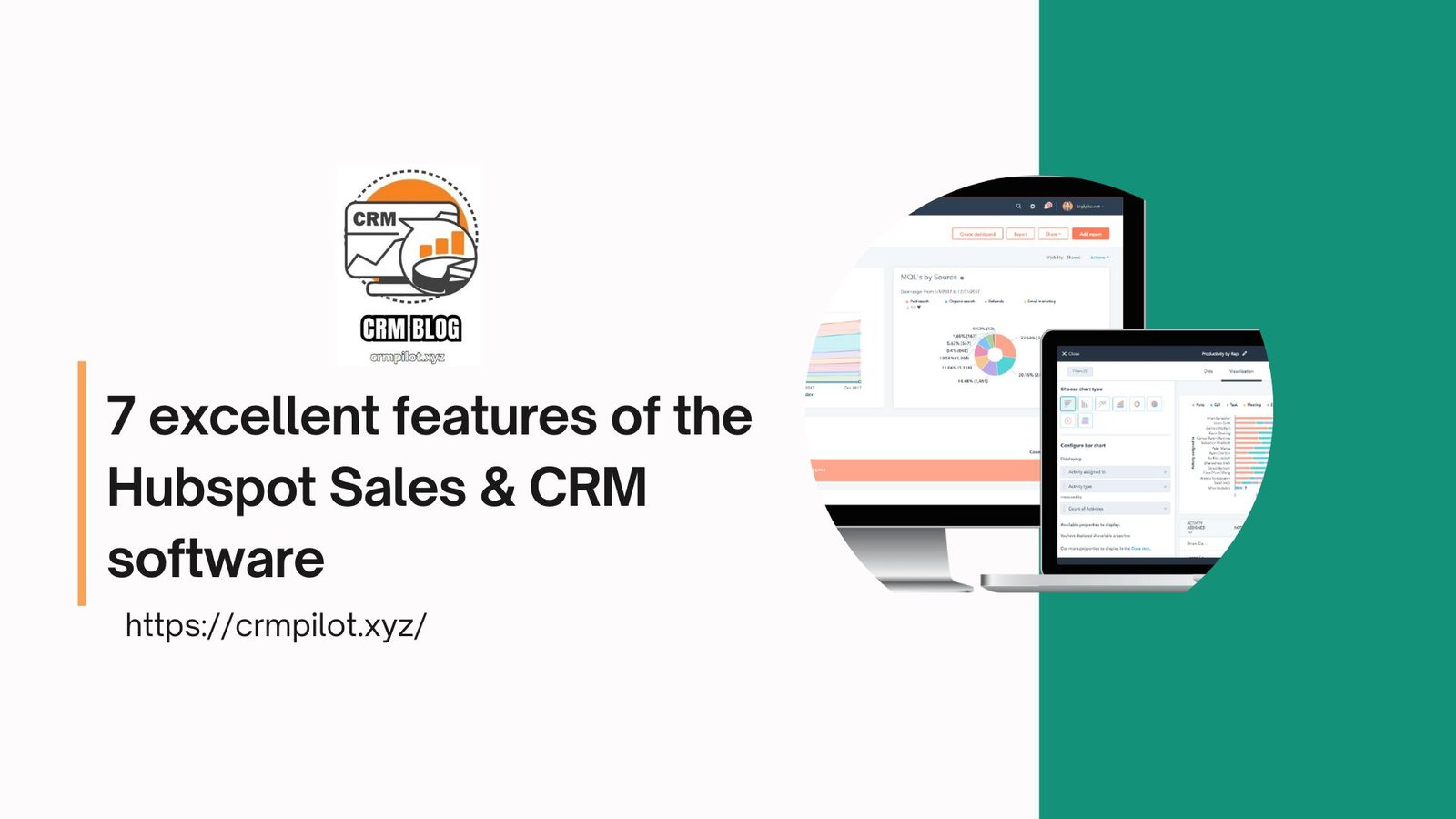
7 excellent features of the Hubspot Sales & CRM software that will help you close multiple offers
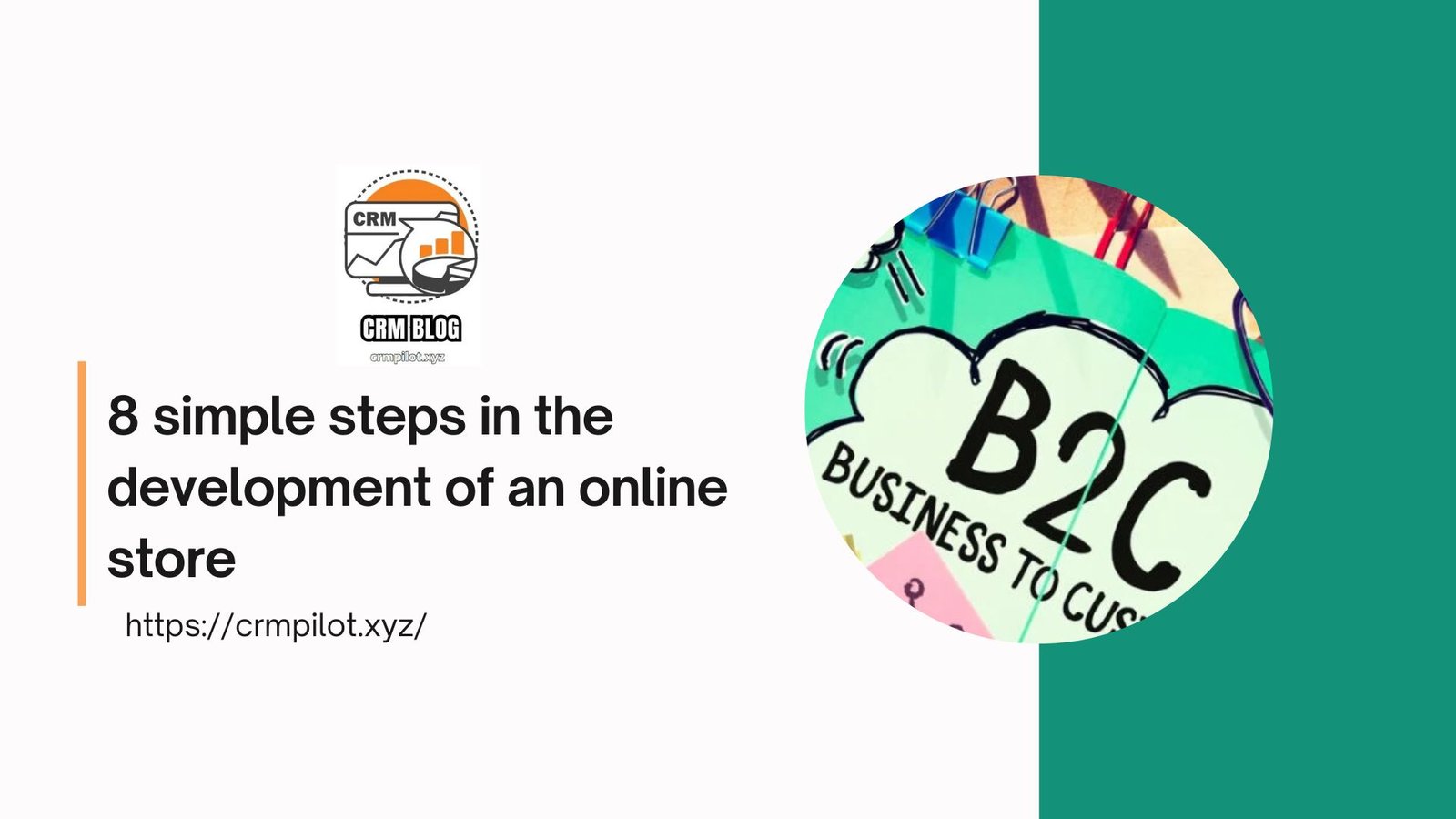
8 simple steps in the development of an online store

How to go from Excel to an activity management program
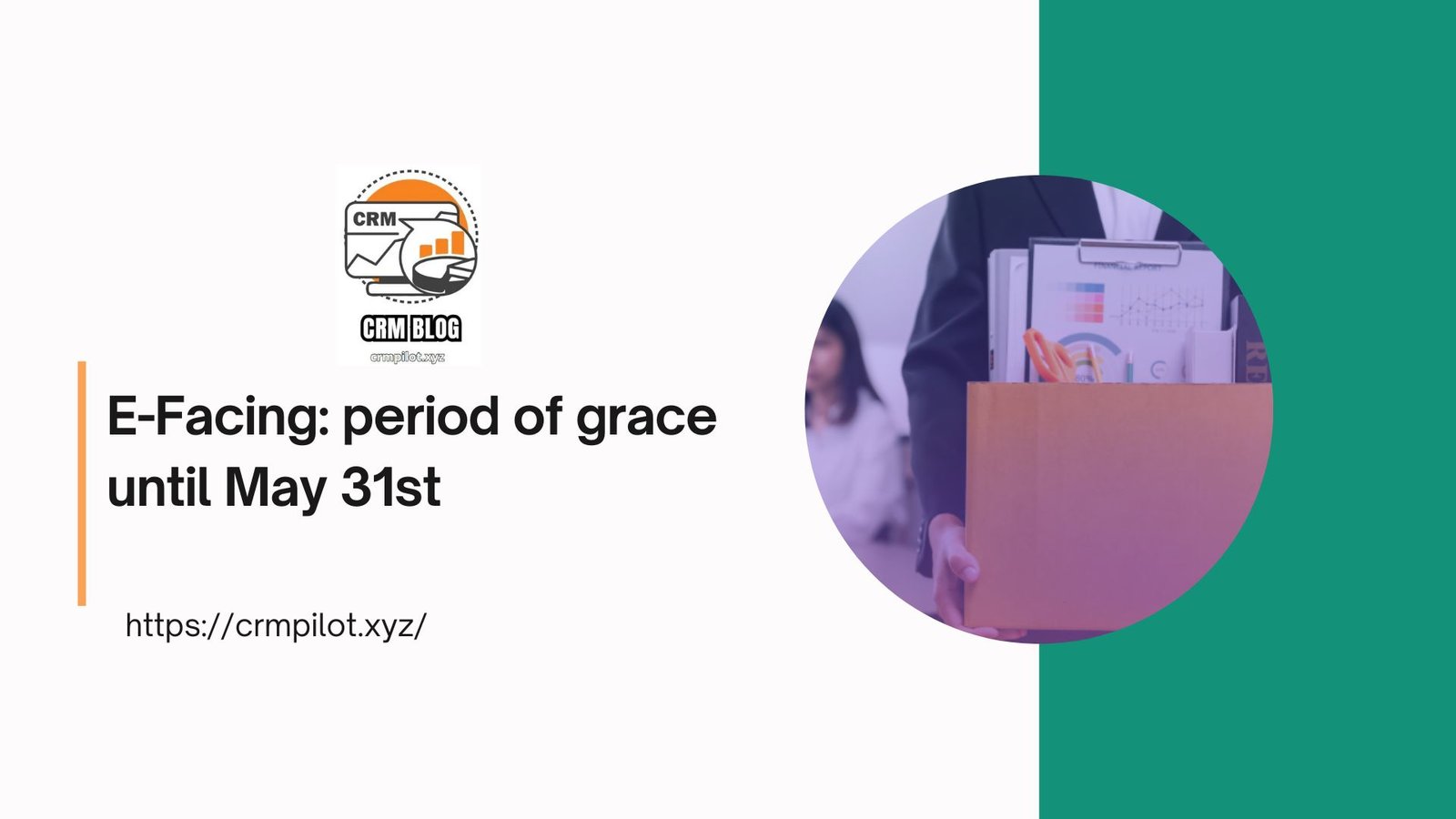
E-Facing: period of grace until May 31st
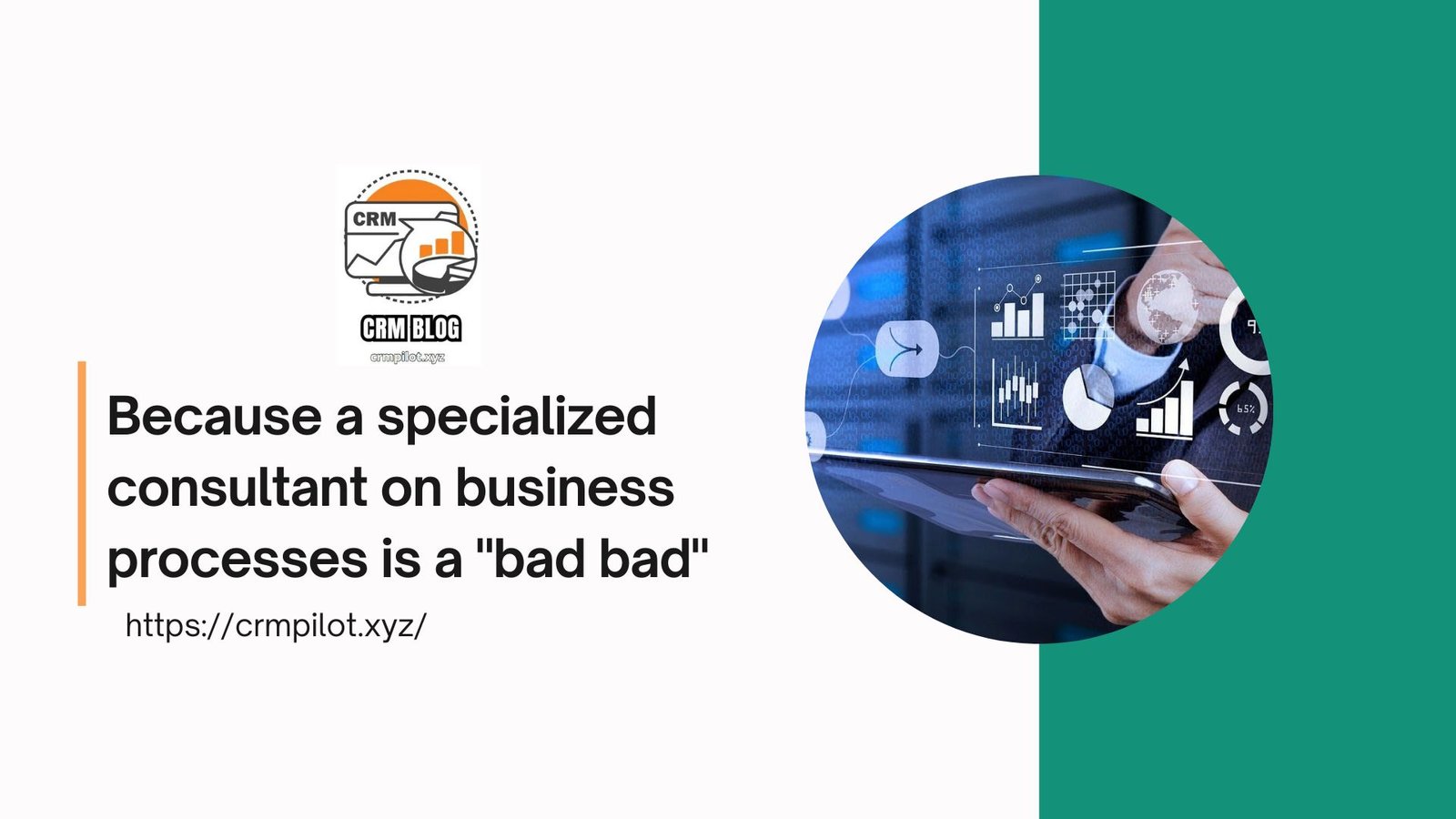
Because a specialized consultant on business processes is a “bad bad”

Hubspot CRM or Mini CRM – What do you choose?
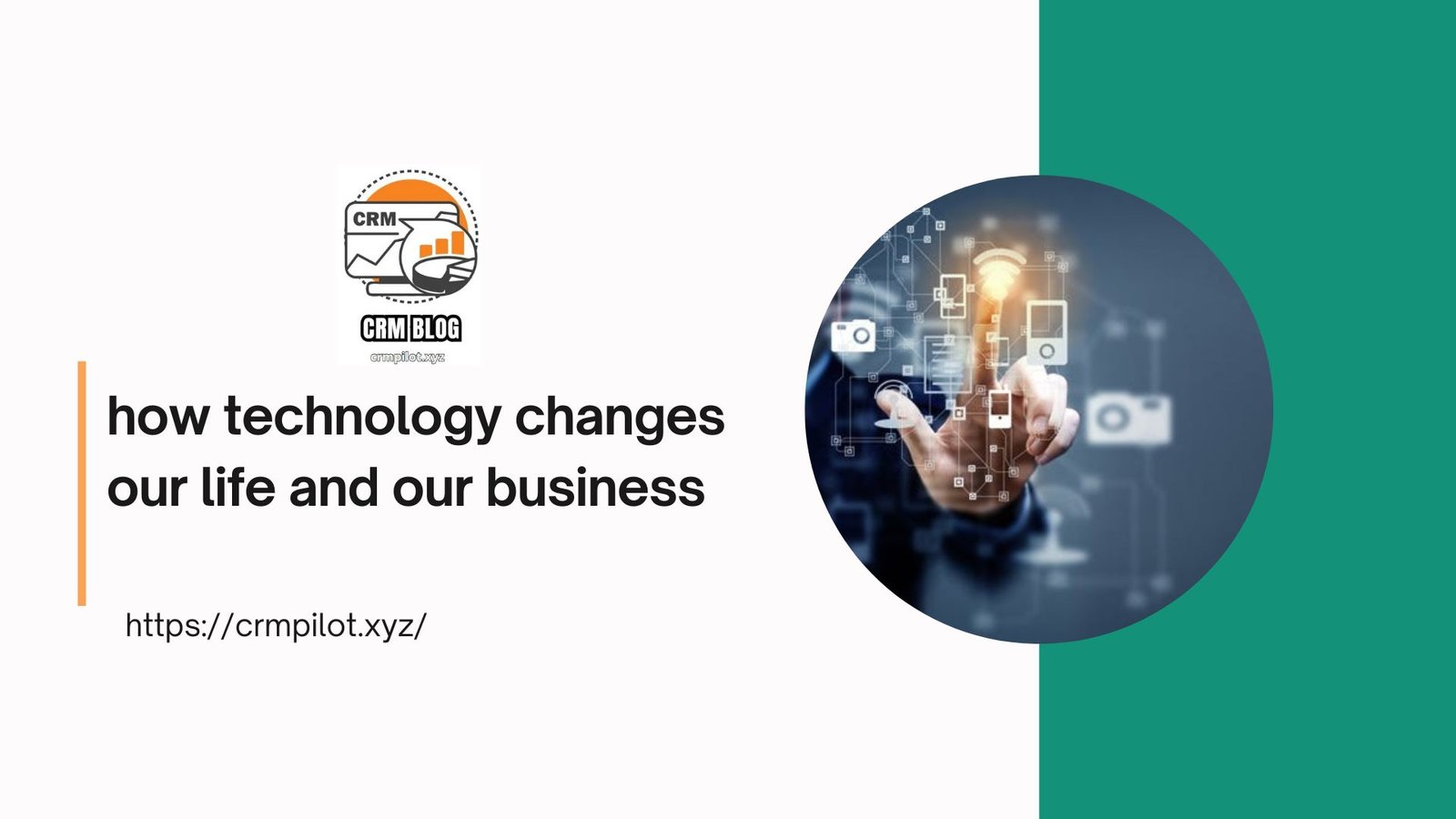
The waves of artificial intelligence: how technology changes our life and our business

Create Cosmetic Salon Site | AMC Websoft

Career plan: how can you integrate it into the Onboarding?

